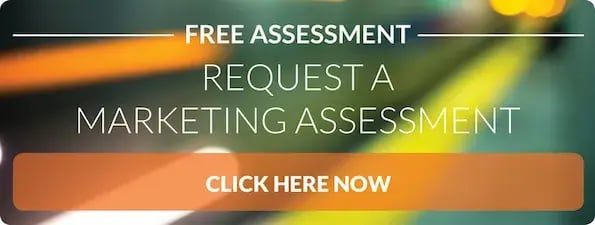The Ultimate Guide to Writing Follow-Up Emails

The inbound methodology can be thought of as a moving sidewalk. You want to move your leads methodically across the buyer's journey towards your sales target and eventually turn them into your promoters. To do this, you need to take every opportunity to appropriately engage your leads with helpful information. One such opportunity is a follow-up email.
A follow-up email (sometimes called a thank you email) should be sent immediately after a lead or new visitor submits a form on your website. Often websites generate a pop-up thank you after a form submission, but we see this type of thank you as a missed opportunity. Why not take the time to generate some additional great content to drive the prospect further down the buyer’s journey? We believe that a follow-up email is just as important as an actual landing page.
HubSpot allows us to easily create powerful follow up emails. All you need to do is follow a few general guidelines and you too will be knocking your follow-up emails out of the park. While creating great emails is pretty easy, you do need to pay some special attention to some of the details.
Below is our recipe for a great follow-up email
1. Content
Start with some great content. It doesn’t need to be lengthy and if it is too long it won’t get read, which defeats the purpose. A few short paragraphs will suffice. Make sure the email references the landing page and make sure it is both engaging and meaningful to the recipient. Remember, it has to be helpful.
2. Personalization
Add some personalization tokens such as the recipient's first name or a reference to their industry or location. HubSpot makes personalization a breeze.
3. Links
Add some links to other content that seems relevant. We often link to a recent blog post or an infographic. The links should make sense in the context of the email.
4. Images
Include an image if possible. For example, if the lead has downloaded an ebook entitled “5 Ways to Use Hubspot to Increase Leads” you could add a picture of the cover of the ebook. Be careful not to overload your email with images. Also the images should be fun and must be relevant.
5. Subject Lines
Subject lines are critical. A poor subject line might result in an email that is deleted before it is read. Keep your subject line around 20 to 40 characters. Make it catchy and make sure it aligns with the content of the email.
6. Preview Text
The preview text tells the reader what they will get once they open the email. Be succinct and engaging. Make sure the preview text aligns with the information contained in the body of the email.
7. Sender Signature
Nobody wants to get a generated email from a bot. The email should always be sent from a real person and include the contact information of the person on your team sending the email.
If you follow these simple steps, you can use your follow-up emails as an important tool to drive your leads further along the buyer's journey.
At Inbox Communications, we offer email campaign services to our clients. Inbox Communications is a HubSpot partner. If you are interested in taking your inbound marketing to the next level, we would be happy to provide you with a free 30-minute consultation.
